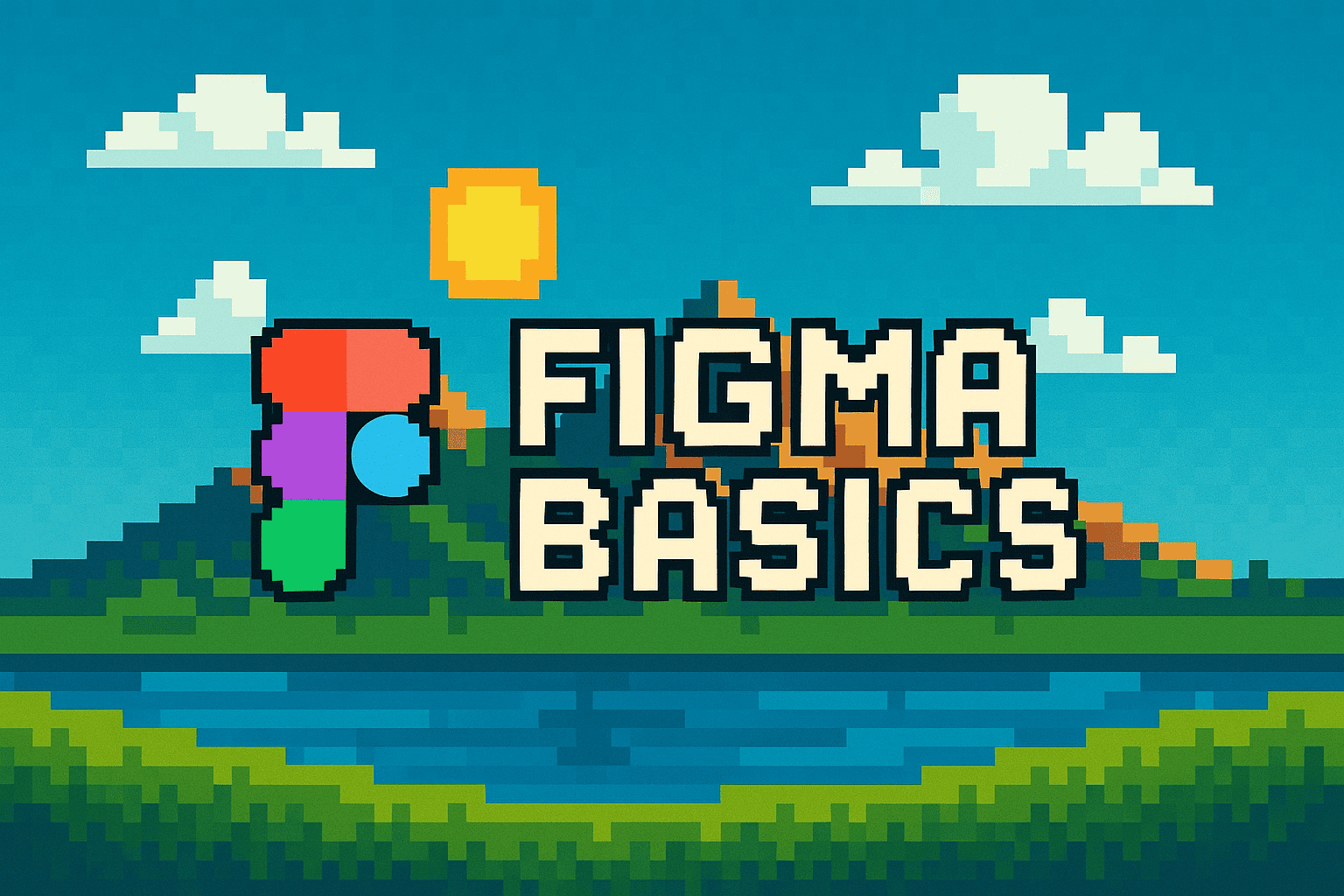Figma Basics - Course Overview
Welcome to our comprehensive Figma fundamentals course! In this course, you’ll learn everything important about Figma - from first steps to effective collaboration with developers.
What to expect in this course
This course consists of six sequential lessons that provide you with a thorough insight into working with Figma. Whether you’re a designer, developer, or simply curious - this course is designed to help you harness the full power of Figma.
Figma Basics Exercise File
Open in FigmaCourse Content
Lesson 1: Introduction to Figma
In this first lesson, you’ll learn the basics of Figma:
- What is Figma and why is it so popular?
- Understanding the Figma interface
- First steps and basic tools
- Figma terminology and concepts
- Creating your first Figma design
Lesson 2: Frames and Layout in Figma
In the second lesson, we dive deeper into structuring designs:
- What are frames and how to work with them
- The grid system in Figma
- Constraints for responsive elements
- Layout basics and organization
- Practical exercises for structuring designs
Lesson 3: Components and Variants
The third lesson shows you how to create reusable design elements:
- Creating and managing components
- Working with instances and using overrides
- Variants for different states and versions
- Building a consistent design system
- Practical application with UI components
Lesson 4: Auto Layout and Responsive Design
In the fourth lesson, you’ll learn how to create flexible designs:
- Auto Layout basics and advanced techniques
- Creating responsive designs with Auto Layout
- Nesting Auto Layouts for complex UIs
- Understanding alignment and distribution
- Responsive design for different devices
Lesson 5: Prototyping and Interactions
The fifth lesson shows you how to bring your designs to life:
- Basics of prototyping in Figma
- Creating interactions and transitions
- Smart Animate for fluid animations
- Complex interactions and conditional navigation
- Testing and sharing prototypes
Lesson 6: Design-to-Development Handoff
In the final lesson, you’ll learn how to effectively hand off your designs to developers:
- The Inspect mode in Figma
- Preparing designs for handoff
- Documenting design tokens and design systems
- Effective communication between design and development
- Best practices for a smooth handoff
Who is this course for?
This course is ideal for:
- Designers who want to improve their Figma skills
- Developers who want to better understand design processes
- Product managers who want to communicate more effectively with design and development teams
- Beginners who want to learn the basics of UI/UX design
- Teams who want to optimize their design-to-development workflows
Prerequisites
No special prior knowledge is required for this course. A basic understanding of design concepts is helpful but not necessary. You only need:
- A Figma account (the free version is sufficient for this course)
- A modern web browser (Chrome, Firefox, Safari, or Edge)
- Curiosity and willingness to learn!
About the Author
Anna Schmidt is an experienced UI/UX designer with over 8 years of professional experience. She has collaborated with numerous teams and has been using Figma since its early beta phases. Her passion is explaining complex design concepts in an understandable way and improving collaboration between designers and developers.
Let’s Get Started!
Ready to begin your Figma journey? Start with Lesson 1: Introduction to Figma and work your way through the lessons. Each lesson builds on the previous one, so we recommend completing them in the order provided.
Enjoy learning!
